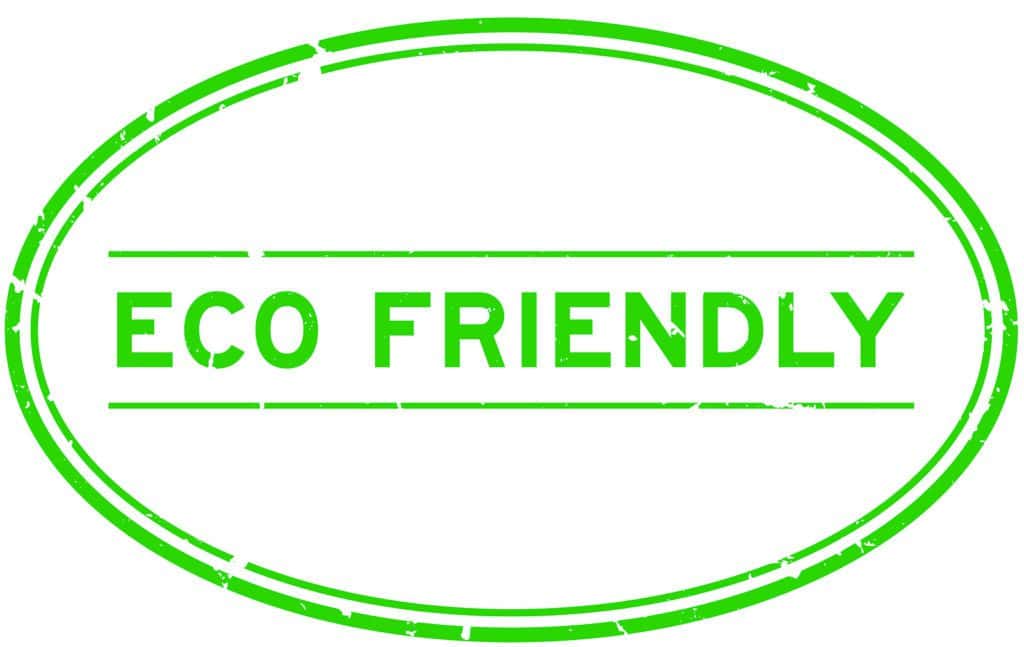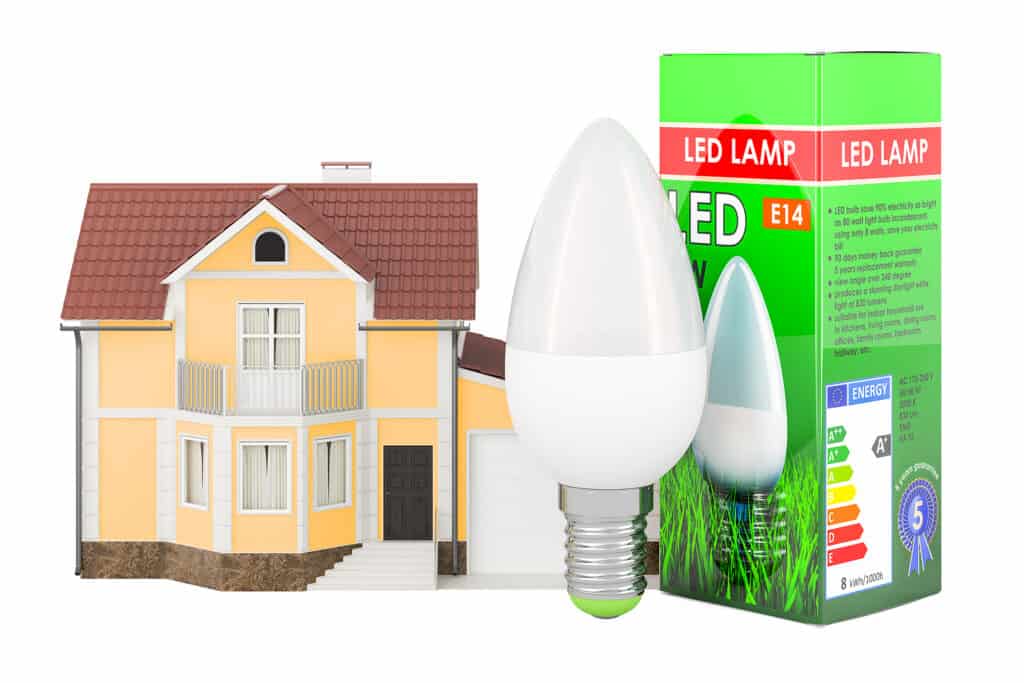Energy Efficient Packaging
As online shopping continues to surge in popularity, businesses are embracing inventive approaches to shrink their environmental footprint. Amid this drive for sustainability, one pivotal area under the spotlight is energy-efficient packaging for shipping. The conventional packaging methods often contribute to excessive waste and heightened energy usage. However, the realm of packaging has witnessed remarkable progress in both materials and design, opening up avenues for more eco-conscious choices.
Picture this: with the boom in e-commerce, corporations are now sending their products right to the doorsteps of consumers. This convenience, however, comes with its own set of environmental challenges, particularly concerning shipping practices. This is where the concept of energy-efficient packaging comes into play, offering a solution that aligns with the eco-aware times we live in. By thoughtfully curbing the usage of materials and skillfully fine-tuning package dimensions, energy-efficient packaging emerges as a powerful tool in reducing the ecological impact of shipping operations.
What is Energy Efficient Packaging?
Energy efficient packaging is all about making conscious choices to minimize energy consumption and waste during the process of transporting goods. It involves using smartly selected materials, thoughtful design, and strategic shipping techniques to reduce the environmental impact that usually comes with traditional packaging methods.
Imagine if every box and package we use is carefully crafted to demand less energy during its production and distribution. Not only that, but imagine these packages are designed to fit together optimally, like a puzzle, reducing the need for extra space and energy during transportation. That's what energy efficient packaging aims to achieve – a harmonious balance between protecting the products we love and being kinder to the planet we share. It's a practical way of making a difference, one package at a time.
Why is Energy Efficient Packaging Important?
Energy efficient packaging plays a crucial role in addressing several key challenges associated with traditional packaging practices. In the realm of conventional packaging, a multitude of inefficiencies tend to arise, stemming from the prevalent use of oversized boxes, excessive cushioning materials, and the incorporation of non-recyclable substances. These prevailing practices, unfortunately, give rise to a cascade of adverse consequences, most notably including heightened energy consumption, a surge in shipping expenses, and the unsettling generation of avoidable waste.
The significance of energy efficient packaging becomes all the more apparent when considering its multifaceted benefits. By departing from the norms of traditional packaging, energy efficient alternatives pave the way for a substantial reduction in energy consumption levels. This reduction, in turn, directly contributes to a noteworthy mitigation of the carbon footprint, aligning with the overarching goals of environmental sustainability and ecological responsibility.
Intrinsically linked to the quest for environmental well-being is the aspect of shipping costs. Traditional packaging practices, often characterized by the usage of excessive materials and oversized containers, inadvertently result in escalated shipping expenditures. In contrast, the adoption of energy efficient packaging methodologies can yield considerable cost savings in the shipping process, thereby yielding economic advantages for businesses while simultaneously minimizing the industry's contribution to excessive energy consumption.

Key Features of Energy Efficient Packaging
Renewable Materials Integration
Energy efficient packaging incorporates renewable materials such as plant-based plastics, bamboo, and cornstarch-based materials. These renewable resources serve as alternatives to traditional fossil-fuel-based plastics, reducing the carbon footprint associated with packaging production. By harnessing materials that can be replenished, packaging becomes more aligned with the principles of sustainability.
Smart Packaging Technology
Energy efficient packaging can also involve the integration of smart technologies that enhance the packaging's functionality and environmental impact. This could include temperature-monitoring sensors for perishable goods, which helps to prevent spoilage and reduce the need for expedited shipping due to temperature fluctuations. Such technology-driven enhancements minimize energy consumption during transportation and storage.
Reusable Packaging Solutions
A noteworthy characteristic of energy efficient packaging is its potential for reusability. Rather than being discarded after a single use, some packaging designs are created with durability in mind, allowing them to be used multiple times before needing replacement. This not only reduces packaging waste but also contributes to resource conservation and cost reduction for businesses.
Flat-Pack Designs
Some energy efficient packaging solutions feature innovative flat-pack designs. These packages are shipped and stored in a flat state, minimizing the need for excess space during transportation. Upon reaching the destination, they can be easily folded or assembled into their final shape. This design reduces shipping volume, optimizing transportation efficiency and reducing associated energy consumption.
Efficient Nesting and Stacking
Energy efficient packaging can be designed to nest or stack efficiently. Nesting involves arranging items within each other to save space, while stacking allows packages to be piled atop one another without compromising structural integrity. Both nesting and stacking strategies maximize the use of shipping containers, resulting in fewer shipments and decreased energy usage.
Aerodynamic Packaging Shapes
Packaging with aerodynamic shapes is another innovative approach to energy efficiency. By reducing air resistance during transportation, these designs enable smoother airflow around packages, resulting in reduced fuel consumption for vehicles in transit. This concept is particularly relevant for long-distance shipments.

How Energy Efficient Packaging Works
Right-Sizing Packaging
At the core of energy efficient packaging lies the principle of right-sizing. This strategic approach entails the meticulous selection of packaging dimensions that impeccably correspond to the size of the enclosed product. By tailoring the packaging to precisely fit the product's contours, the issue of wasted space within the package is resolutely addressed. Consequently, the need for superfluous void-fill materials and excess cushioning is effectively mitigated, resulting in packaging that is both resource-conscious and structurally optimized.
Innovative Cushioning Techniques
Energy efficient packaging embraces pioneering cushioning techniques that harmonize the dual goals of minimal material usage and maximal product protection. In this context, innovative cushioning transcends traditional methodologies by employing novel materials and designs. Air pillows, which consist of inflatable plastic chambers, offer resilient support while occupying minimal space.
Paper-based cushioning, derived from recyclable and renewable sources, adeptly cradles items with an eco-friendly touch. Meanwhile, molded pulp inserts, crafted from repurposed paper fibers, snugly encase delicate contents in a protective cocoon. These advanced cushioning methods exemplify the symbiotic relationship between cutting-edge technology and sustainable packaging practices.
Smart Tracking and Route Optimization
The integration of smart tracking technology into energy efficient packaging heralds a new era of logistical precision. By harnessing the power of real-time data collection and analysis, businesses can orchestrate optimal shipping routes that traverse the shortest distances, consequently curtailing energy consumption.
This intelligent tracking system empowers companies to make informed decisions on-the-fly, allowing for route adjustments based on evolving circumstances such as traffic, weather, or delivery urgency. Through the synergy of sophisticated tracking mechanisms and agile route optimization, energy efficient packaging morphs into a dynamic and responsive component of the modern supply chain landscape.
Benefits of Energy Efficient Packaging
Regulatory Compliance and Risk Mitigation
Energy efficient packaging aligns with evolving environmental regulations and sustainability standards. By adopting such packaging practices, businesses can proactively address compliance requirements and mitigate potential risks associated with non-compliance. This adherence to regulations not only shields businesses from legal repercussions but also demonstrates a commitment to responsible corporate citizenship, fostering a positive reputation among stakeholders.
Extended Product Shelf Life
Certain energy efficient packaging solutions incorporate advanced technologies like barrier coatings or modified atmosphere packaging. These technologies can create a controlled environment within the packaging, extending the shelf life of perishable products. By minimizing spoilage and reducing the need for expedited shipping, businesses can optimize supply chain efficiency while simultaneously reducing energy-intensive wastage.
Reduced Resource Dependence
Energy efficient packaging promotes a paradigm shift towards the optimization of resources. By using fewer raw materials in the packaging production process, businesses inherently decrease their dependence on finite resources. This not only conserves natural resources but also insulates businesses from the potential impacts of resource scarcity or price fluctuations, enhancing long-term sustainability.
Innovative Marketing Opportunities
The adoption of energy efficient packaging can be leveraged as a unique marketing proposition. Businesses can communicate their commitment to sustainability and responsible consumption through various marketing channels. This provides a distinctive narrative that resonates with environmentally conscious consumers and differentiates the brand in a competitive market landscape.
Lowered Transportation Costs
The lightweight nature and streamlined designs of energy efficient packaging contribute to reduced shipping weight and volume. This directly translates into lowered transportation costs, as less fuel is required to move goods from point A to point B. This benefit is particularly pronounced in long-distance shipments, contributing to overall cost savings and reduced emissions associated with transportation.
Innovative Design and Differentiation
The pursuit of energy efficient packaging often entails creative and innovative design approaches. Businesses can explore novel shapes, materials, and construction methods to achieve the dual objectives of sustainability and aesthetics. Innovative packaging designs can lead to enhanced product visibility, improved customer experience, and heightened market differentiation.
Support for Circular Economy Initiatives
Energy efficient packaging is conducive to the principles of a circular economy, wherein resources are kept in circulation for as long as possible through reuse, recycling, and responsible disposal. By utilizing materials that are recyclable, biodegradable, or compostable, energy efficient packaging contributes to reducing the linear consumption of resources and promotes the shift towards a more sustainable economic model.
Collaborative Stakeholder Engagement
Embracing energy efficient packaging often involves collaboration with suppliers, manufacturers, and logistics partners. This engagement fosters a shared commitment to sustainable practices and encourages the adoption of eco-friendly processes throughout the supply chain. Such collaboration not only amplifies the impact of energy efficient packaging but also builds stronger relationships within the business ecosystem.
Resilience to Market Volatility
Energy efficient packaging can enhance a company's resilience in the face of volatile market conditions, economic uncertainties, and changing consumer preferences. As sustainability becomes a more integral aspect of consumer decision-making, businesses that have already invested in energy efficient packaging are better positioned to adapt to evolving market demands.
Where to Find Energy Efficient Packaging
Specialized Sustainable Packaging Providers
A diverse landscape of suppliers specializes in furnishing sustainable packaging solutions tailored to the needs of environmentally conscious businesses. These suppliers offer a plethora of choices, spanning biodegradable materials, recyclable options, and cutting-edge design innovations. This array of offerings empowers businesses to align their packaging strategies with eco-friendly principles, thereby reducing their ecological footprint and embracing more responsible distribution practices.
Collaborative Engagement with Custom Packaging Manufacturers
Businesses seeking energy efficient packaging can embark on collaborative partnerships with custom packaging manufacturers. This strategic alliance enables the design and creation of packaging solutions that intricately match the dimensions and specifications of the enclosed products. By eliminating superfluous space and excess materials, custom packaging optimizes the use of resources, resulting in an efficient packaging solution that marries precision with sustainability.
Eco-Forward Packaging Trade Shows and Expositions
Industry events, trade shows, and expositions focused on packaging and sustainability often serve as fertile grounds for discovering energy efficient packaging options. These gatherings attract a consortium of suppliers, manufacturers, and innovators dedicated to advancing sustainable packaging solutions. Attendees can explore an array of cutting-edge technologies, materials, and design concepts that embody energy efficiency principles.
Online Marketplaces and B2B Platforms
The digital realm offers a dynamic space for discovering energy efficient packaging solutions. Online marketplaces and business-to-business (B2B) platforms host a myriad of suppliers and manufacturers specializing in sustainable packaging. Businesses can access comprehensive catalogs, compare offerings, and engage in direct communication to procure packaging solutions that align with their environmental aspirations.
Implementing Energy Efficient Packaging: Tips for Businesses
Thorough Evaluation of Shipping Requirements
The journey toward energy efficient packaging commences with a comprehensive assessment of your shipping prerequisites. Gain a profound understanding of your products' dimensions, fragility, and special handling needs. This knowledge empowers you to choose packaging that strikes the delicate balance between providing optimal protection while minimizing excessive material usage. By harmonizing these factors, you can deliver products securely while championing sustainability.
Engage in Collaborative Discourse with Packaging Specialists
Navigating the nuanced realm of energy efficient packaging is most effective when supplemented by the expertise of packaging specialists. Initiate collaborative conversations with these experts who possess a profound understanding of sustainable materials and innovative design strategies. By leveraging their insights, you can make informed decisions that align with your specific products and sustainability aspirations, thus optimizing your packaging choices.
Internal Team Training and Awareness
The implementation of energy efficient packaging is not solely a matter of materials and design; it necessitates collective buy-in and understanding within your organization. Initiate comprehensive internal education programs that equip your team with the knowledge required to adeptly embrace and execute energy efficient packaging practices. A well-informed team ensures consistent adherence to sustainable packaging protocols across all operational stages.
Transparency in Communication
Communication serves as a pivotal bridge between businesses and their customers. Embrace transparency by actively informing your customer base about your conscientious shift towards energy efficient packaging. Share the rationale behind your sustainable choices, underscoring the positive environmental impacts. By establishing an open dialogue, you can cultivate a sense of shared responsibility with your customers and potentially elevate brand loyalty.
Incorporate Customer Education Initiatives
Elevate your customer engagement efforts by proactively educating them about the significance of energy efficient packaging. Develop informative materials that elucidate how your packaging choices contribute to reduced carbon emissions, resource conservation, and sustainable consumption. This empowers your customers to become advocates of environmentally responsible practices, aligning their values with your brand's ethos.
Conclusion
In this ever-evolving landscape of commerce and conscience, the concept of energy efficient packaging shines as a beacon of responsible innovation. It's a promise we extend to our planet—a promise of thoughtfulness, ingenuity, and harmonious coexistence. Each package becomes a vessel for change, a testament to our commitment to a greener future.
As we journey forward, let's carry the melody of sustainability in every shipment, crafting a narrative that speaks not just of products, but of values and stewardship. Energy efficient packaging isn't just a business choice; it's my personal dedication to shaping a world where progress and preservation walk hand in hand, where every package becomes a small yet vital step toward a more sustainable tomorrow.
Sources
https://www.sciencedirect.com/science/article/pii/S2352484722009155

